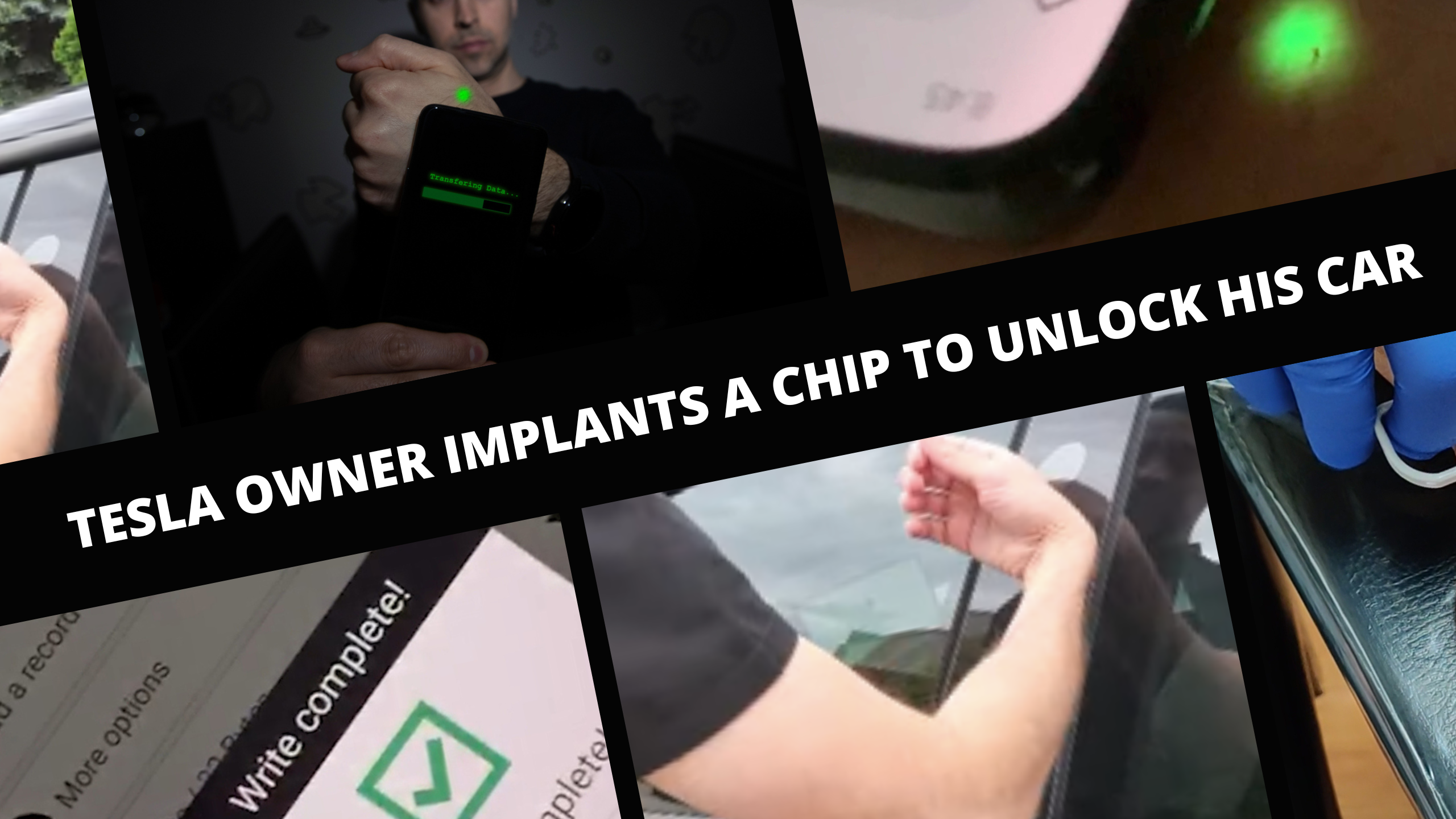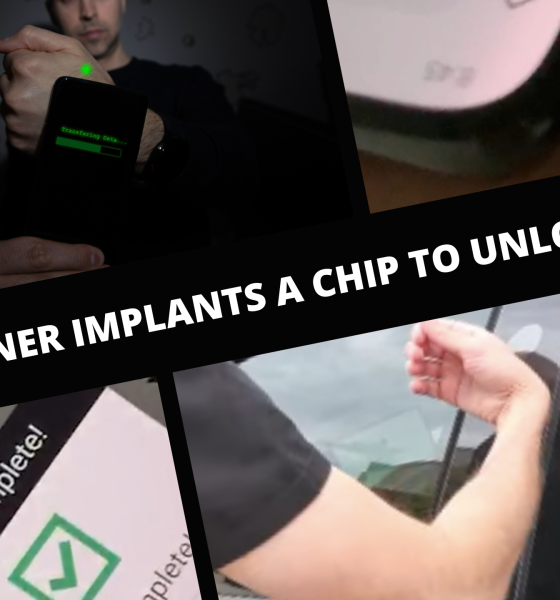Brandon Dalaly, a Tesla owner, has a unique way of unlocking his car: with his hand. Or rather, with the specially made chip that was implanted in his hand eleven days ago. I spoke with him about his new implant and he told me that this was actually his second one.
The first thing I wanted to know was how bad it hurt. If you watch this video, you’ll probably wince in imaginary pain as I did. Brandon explained that this was his second chip. When he received his first one, he did not use any anesthesia or anything to numb it.
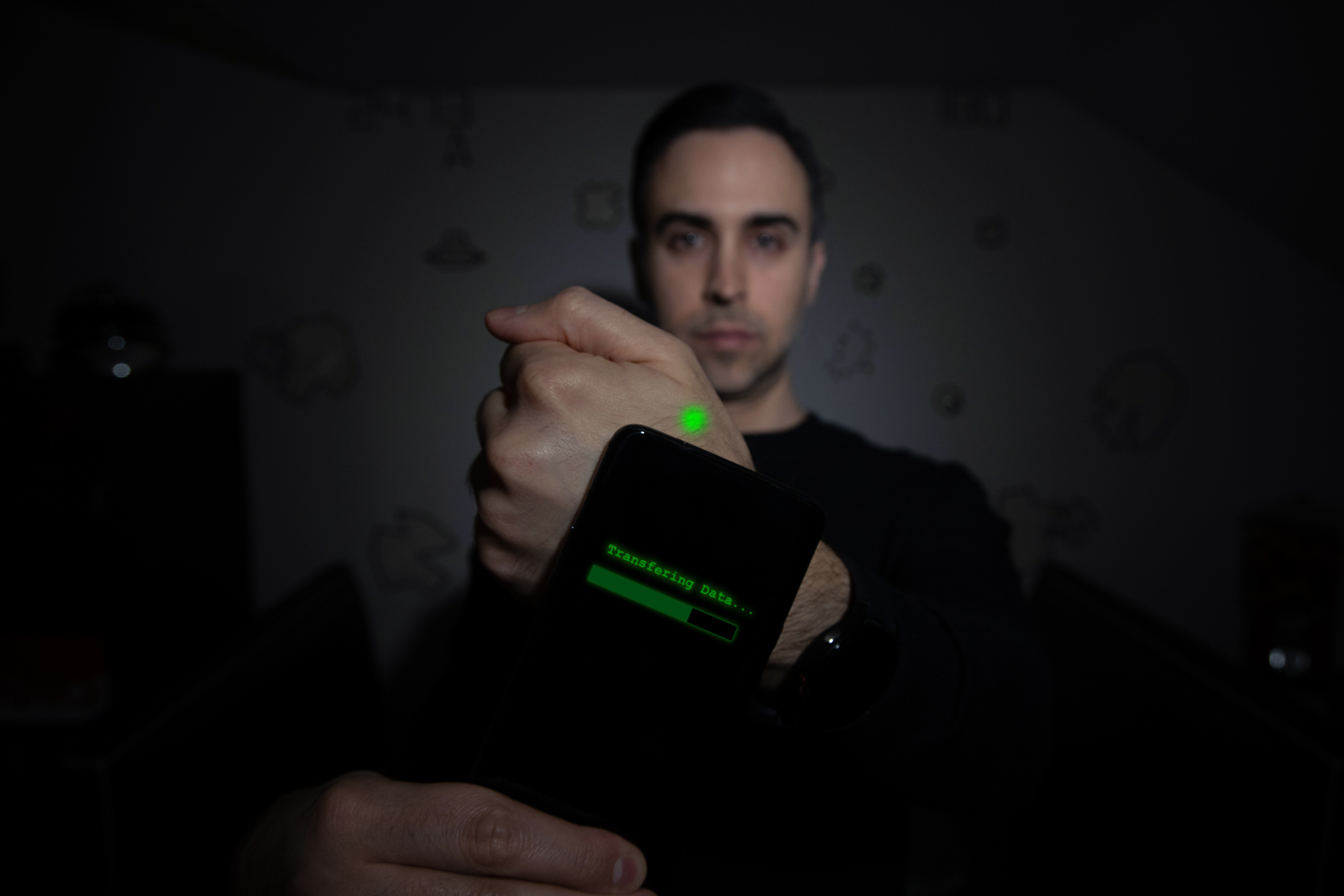
“The first one was a little bit smaller so it wasn’t as intense as shoving that giant rod into my hand. The first one came preloaded into a larger syringe. They pushed the syringe in and they popped in the chip similar to how they would microchip a dog.”
The first chip implant burned and was sore for about a month. However, for the second one which is what is used to unlock his Tesla, his hand was anesthetized with lidocaine. Brandon said a four-gauge needle was used.
The chips, he explained, are coated in biocompatible substances such as biopolymer. His other one is a bioglass. Once implanted, the body encapsulates the chip with its own tissue.
Why Two Chips?
I was curious as to why Brandon had two chip implants. He explained that they do completely different things. The chips are used for a variety of purposes such as access control, storing data, lighting up under your skin, or storing cryptocurrencies. Brandon is actually beta testing the chip he uses to unlock his Tesla.
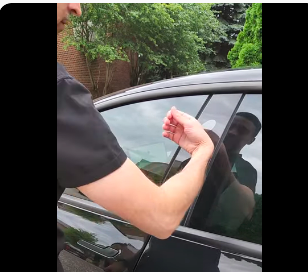
The chip that Brandon uses to unlock his Tesla is the VivoKey Apex which is a contactless NFC secure element chip.
“I’m in a beta group of around 100 people and this one can do secure transactions and java card applets. The company that put this together literally has its own app store where you can wirelessly install apps into your body with these chips. And one of the apps just happened to be a Tesla key card. So that was the first app I installed on it because I have a Tesla and now I use that as my key when my Bluetooth key fails or I don’t have my key card. You just use your hand.”
The first chip, Brandon explained, is the key to his home and stores his portfolio, his contact card, medical information, Covid vaccination card, and similar items. The chip can be scanned with any cell phone which then opens a portal you can access the information.
“The whole idea was that I would have my house key in my left hand and my car key in my right hand. And then what’s really cool is when it’s approved, they can wirelessly activate the new chip I just got to do credit card transactions. I can link a credit card to it and I can use it anywhere where there are tap-to-pay terminals.”
The Obvious Concern: accidently being close to something that would scan the chip and use it.
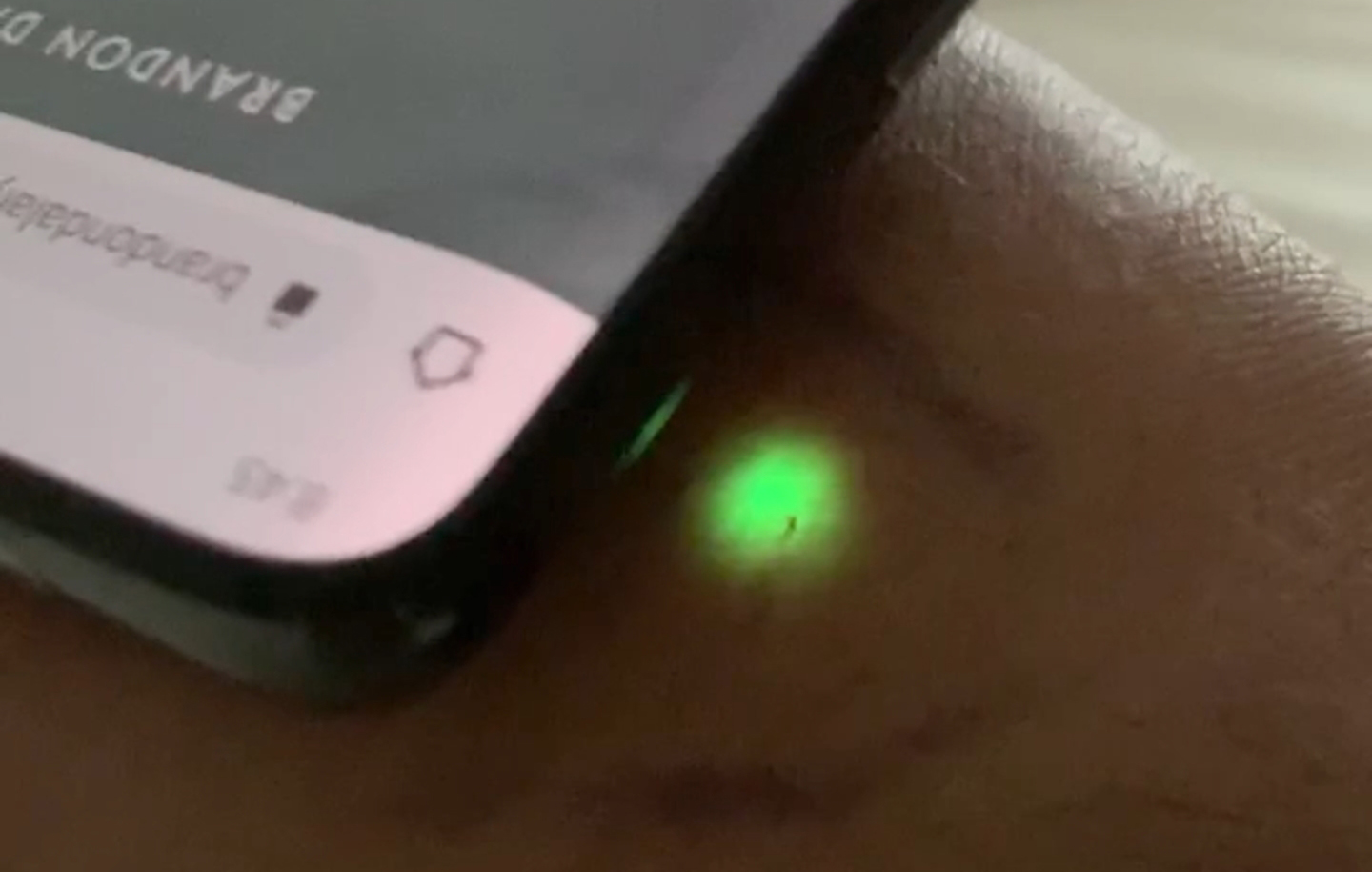
One concern I had was what if the chip was accidently used or accessed. Or, worst case scenario, hacked? For example, would a nearby credit card machine accidently scan your chip and access your money? Brandon explained that the chip had to be very close for the machine to read it.
“You have to be within a few millimeters of the thing and realistically, hopefully, you’re not just walking through credit card terminals and brushing your hands against them during mid transactions.”
“It’s a very short read range. It’s no different from your phone if you use Apple Pay. It’s like that but it’s built in your hand.”
Will Brandon get more chips?
Could this be the tech version of tattoo addictions? I asked Brandon if he had plans for getting any more chips in the future. Brandon works in tech and `is always trying to be on the cutting edge of everything.
“For me, it’s something that made sense at the time. It’s kind of like a fun party trick. When you can one of my chips with your phone, it glows green underneath your skin.”
There is another chip but it’s not yet available in the U.S. just yet. This one measures your body temperature. The capsule is installed in your chest and you can scan it with your phone and take your temperature.
“We’re at the dawn of this technology and it’s a very niche product. And there’s been a lot of pushback. People thought that Bill Gates was putting tracking chips in the Covid vaccine. It fuels a lot of conspiracy theories.”
“It’s funny because these chips can’t track anything. You would need an external power supply to be tracked anywhere. And their phones are tracking them everywhere they go anyway. If you go to your Google location history, it shows you step-by-step where you’ve been.”
“And there’s the religious people who have sent me a bunch of weird comments on Facebook about the mark of the beast on the video of my first chip installation. There’s something in the Book of Revelation that talks about this mark in your hand or forehead that shows your allegiance to Satan or something like that. I just don’t want to have to worry about forgetting my car keys. I’m not over here worshiping Satan.”
Cost of getting the Tesla key card chip implanted.
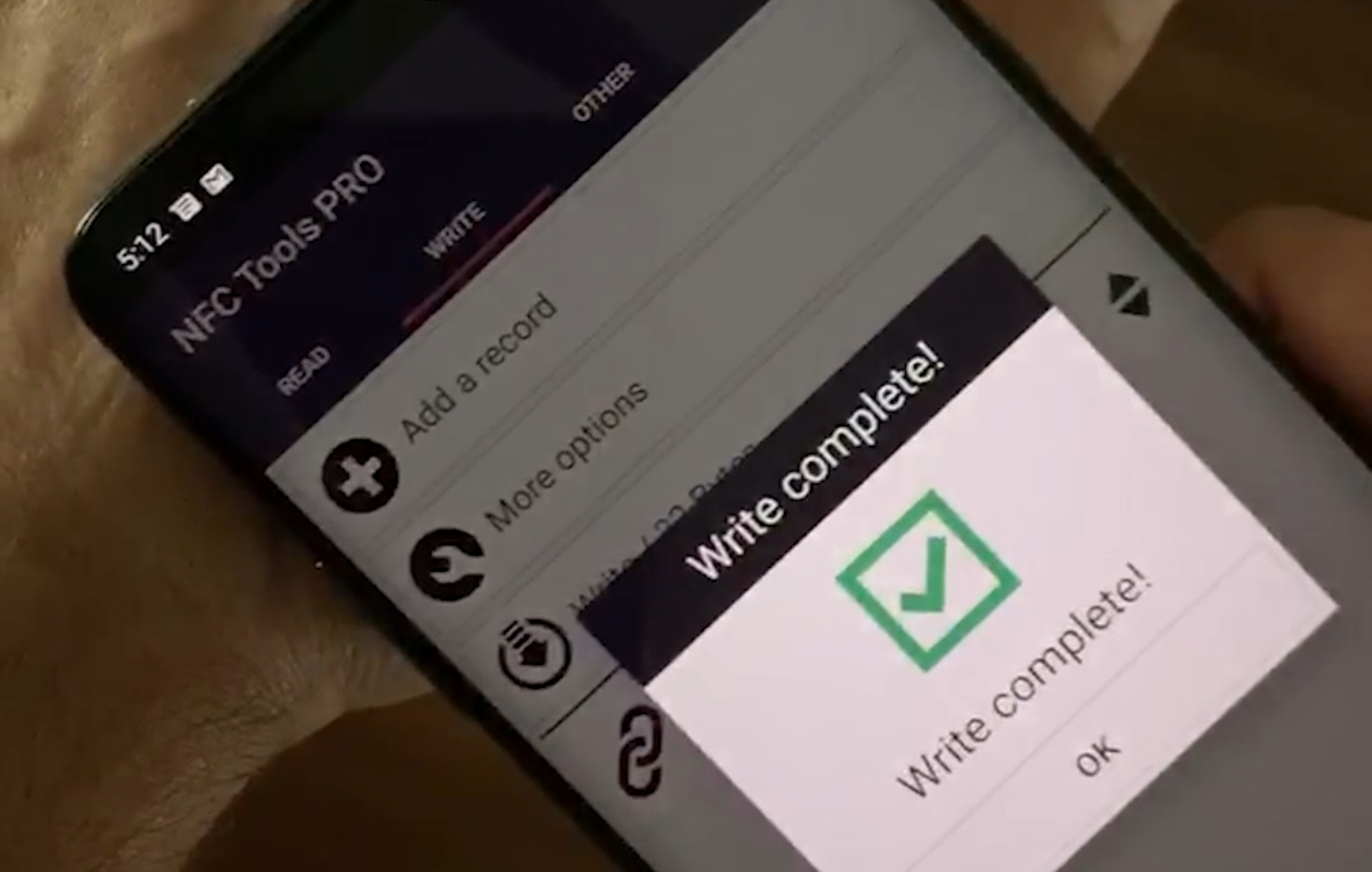
Credit: Brandon Dalaly
If you were to guess how much this would cost, you might be shocked at how wrong you may be. Unless you guessed $400.
“It’s not as bad as people think. Since I was a beta tester, I got the chip for $300 and then my installer charged me just $100 to put it in. To him, it was the same as a subdermal piercing. It’s the same method but he was sticking in something different.”
Brandon’s installer has been a professional piercer for over 15 years. What do you think? Would you consider having a chip installed in your hand to unlock your Tesla or smart car?
Disclaimer: Johnna is long Tesla.
Your feedback is important. If you have any comments, concerns, or see a typo, you can email me at johnna@teslarati.com. You can also reach me on Twitter @JohnnaCrider1

News
Tesla hints toward Premium Robotaxi offering with Model S testing
Why Tesla has chosen to use a couple of Model S units must have a reason; the company is calculated in its engineering and data collection efforts, so this is definitely more than “we just felt like giving our drivers a change of scenery.”
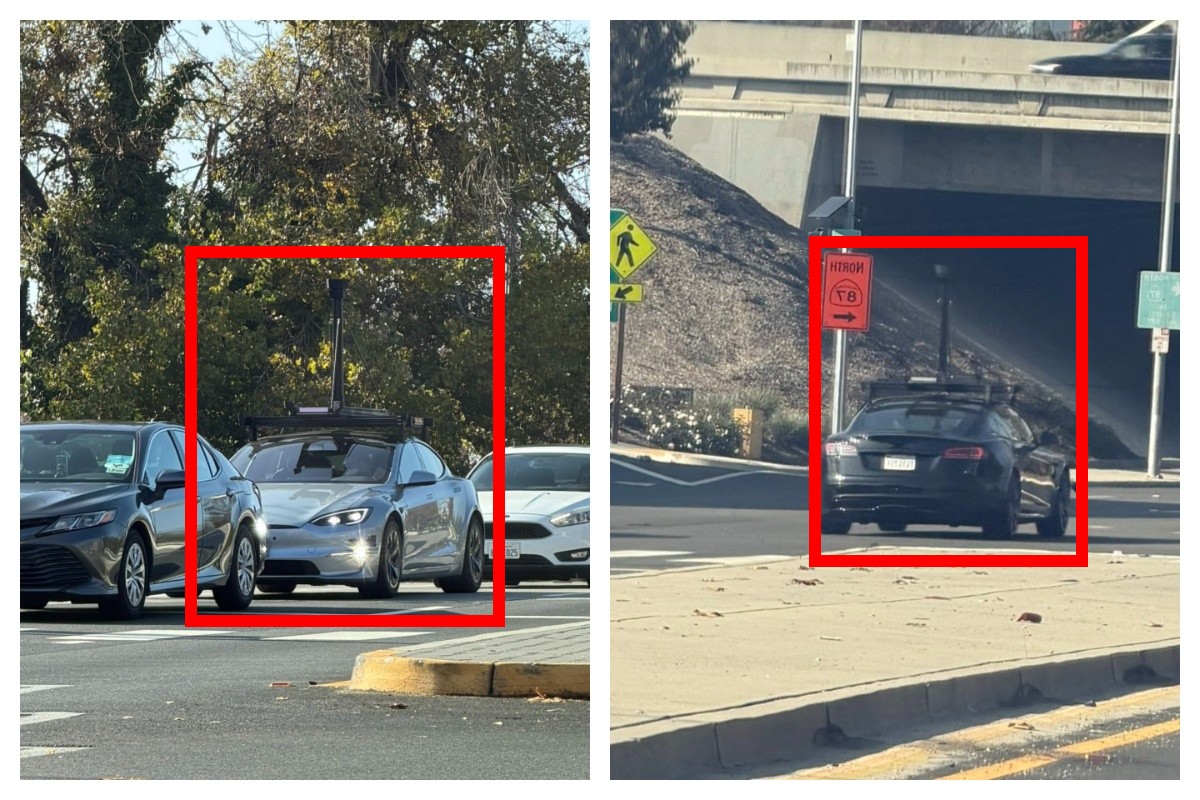
Tesla Model S vehicles were spotted performing validation testing with LiDAR rigs in California today, a pretty big switch-up compared to what we are used to seeing on the roads.
Tesla utilizes the Model Y crossover for its Robotaxi fleet. It is adequately sized, the most popular vehicle in its lineup, and is suitable for a wide variety of applications. It provides enough luxury for a single rider, but enough room for several passengers, if needed.
However, the testing has seemingly expanded to one of Tesla’s premium flagship offerings, as the Model S was spotted with the validation equipment that is seen entirely with Model Y vehicles. We have written several articles on Robotaxi testing mules being spotted across the United States, but this is a first:
🚨 Tesla is using Model S vehicles fitted with LiDAR rigs to validate FSD and Robotaxi, differing from the Model Ys that it uses typically
Those Model Y vehicles have been on the East Coast for some time. These Model S cars were spotted in California https://t.co/CN9Bw5Wma8 pic.twitter.com/UE55hx5mdd
— TESLARATI (@Teslarati) December 11, 2025
Why Tesla has chosen to use a couple of Model S units must have a reason; the company is calculated in its engineering and data collection efforts, so this is definitely more than “we just felt like giving our drivers a change of scenery.”
It seems to hint that Tesla could add a premium, more luxury offering to its Robotaxi platform eventually. Think about it: Uber has Uber Black, Lyft has Lyft Black. These vehicles and services are associated with a more premium cost as they combine luxury models with more catered transportation options.
Tesla could be testing the waters here, and it could be thinking of adding the Model S to its fleet of ride-hailing vehicles.
Reluctant to remove the Model S from its production plans completely despite its low volume contributions to the overall mission of transitioning the world to sustainable energy, the flagship sedan has always meant something. CEO Elon Musk referred to it, along with its sibling Model X, as continuing on production lines due to “sentimental reasons.”
However, its purpose might have been expanded to justify keeping it around, and why not? It is a cozy, premium offering, and it would be great for those who want a little more luxury and are willing to pay a few extra dollars.
Of course, none of this is even close to confirmed. However, it is reasonable to speculate that the Model S could be a potential addition to the Robotaxi fleet. It’s capable of all the same things the Model Y is, but with more luxuriousness, and it could be the perfect addition to the futuristic fleet.
News
Rivian unveils self-driving chip and autonomy plans to compete with Tesla
Rivian, a mainstay in the world of electric vehicle startups, said it plans to roll out an Autonomy+ subscription and one-time purchase program, priced at $49.99 per month and $2,500 up front, respectively, for access to its self-driving suite.
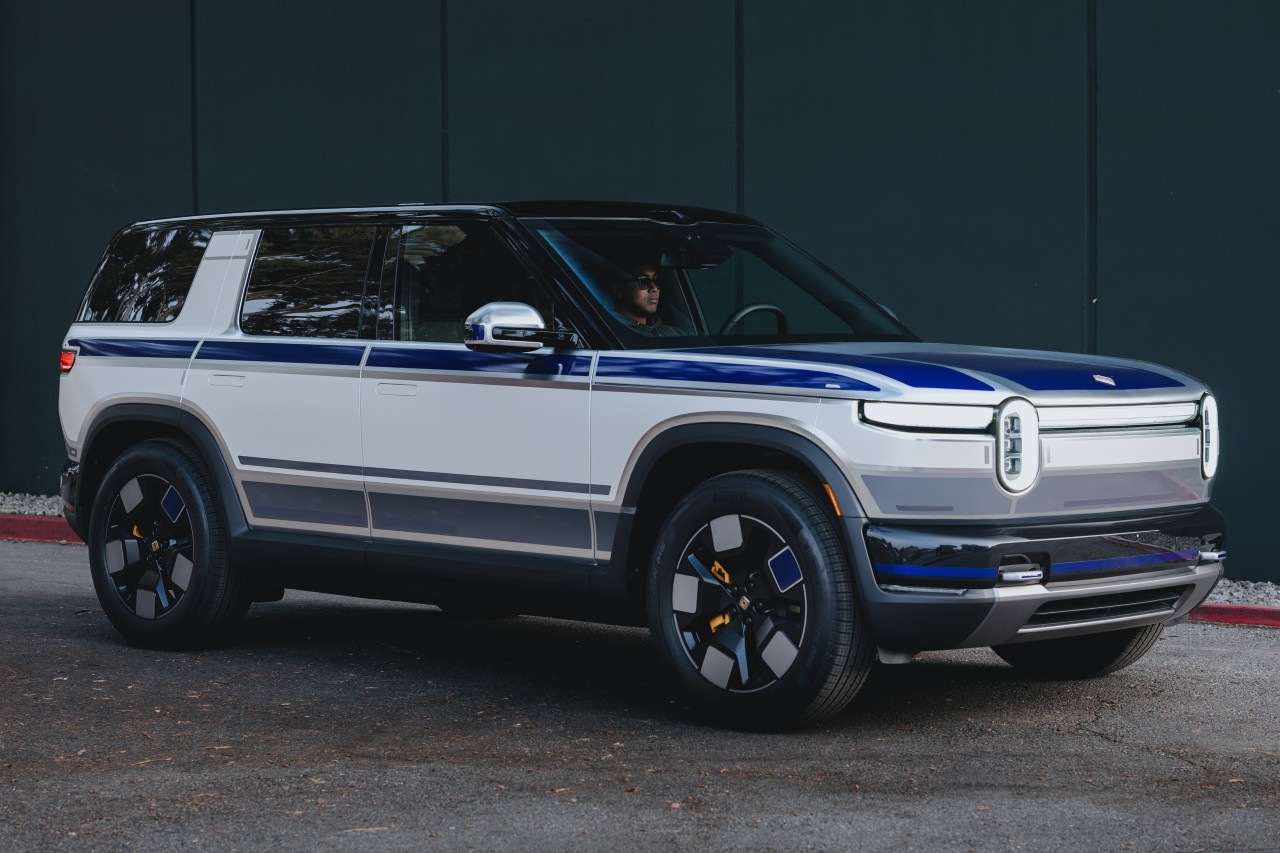
Rivian unveiled its self-driving chip and autonomy plans to compete with Tesla and others at its AI and Autonomy Day on Thursday in Palo Alto, California.
Rivian, a mainstay in the world of electric vehicle startups, said it plans to roll out an Autonomy+ subscription and one-time purchase program, priced at $49.99 per month and $2,500 up front, respectively, for access to its self-driving suite.
CEO RJ Scaringe said it will learn and become more confident and robust as more miles are driven and it gathers more data. This is what Tesla uses through a neural network, as it uses deep learning to improve with every mile traveled.
He said:
“I couldn’t be more excited for the work our teams are driving in autonomy and AI. Our updated hardware platform, which includes our in-house 1600 sparse TOPS inference chip, will enable us to achieve dramatic progress in self-driving to ultimately deliver on our goal of delivering L4. This represents an inflection point for the ownership experience – ultimately being able to give customers their time back when in the car.”
At first, Rivian plans to offer the service to personally-owned vehicles, and not operate as a ride-hailing service. However, ride-sharing is in the plans for the future, he said:
“While our initial focus will be on personally owned vehicles, which today represent a vast majority of the miles to the United States, this also enables us to pursue opportunities in the rideshare space.”
The Hardware
Rivian is not using a vision-only approach as Tesla does, and instead will rely on 11 cameras, five radar sensors, and a single LiDAR that will face forward.
It is also developing a chip in-house, which will be manufactured by TSMC, a supplier of Tesla’s as well. The chip will be known as RAP1 and will be about 50 times as powerful as the chip that is currently in Rivian vehicles. It will also do more than 800 trillion calculations every second.
Meet the Rivian Autonomy Processor.
Fast, smart, scalable and purpose-built for autonomous driving and the world of physical AI. Hitting the open road in 2026. pic.twitter.com/0wYXi5WKy7
— Rivian (@Rivian) December 11, 2025
RAP1 powers the Autonomy Compute Module 3, known as ACM3, which is Rivian’s third-generation autonomy computer.
ACM3 specs include:
- 1600 sparse INT8 TOPS (Trillion Operations Per Second).
- The processing power of 5 billion pixels per second.
- RAP1 features RivLink, a low-latency interconnect technology allowing chips to be connected to multiply processing power, making it inherently extensible.
- RAP1 is enabled by an in-house developed AI compiler and platform software
As far as LiDAR, Rivian plans to use it in forthcoming R2 cars to enable SAE Level 4 automated driving, which would allow people to sit in the back and, according to the agency’s ratings, “will not require you to take over driving.”
More Details
Rivian said it will also roll out advancements to the second-generation R1 vehicles in the near term with the addition of UHF, or Universal Hands-Free, which will be available on over 3.5 million miles of roadway in the U.S. and Canada.
More than any other feature, our owners have asked for more hands-free miles.
With Universal Hands-Free, you can now enjoy hands-free assisted driving on any road with clearly defined lanes. That’s roughly 3.5 million miles in the U.S. and Canada.
Look for it in our next… pic.twitter.com/ZFhwVzvt6b
— Rivian (@Rivian) December 11, 2025
Rivian will now join the competitive ranks with Tesla, Waymo, Zoox, and others, who are all in the race for autonomy.
News
Tesla partners with Lemonade for new insurance program
Tesla recently was offered “almost free” coverage for Full Self-Driving by Lemonade’s Shai Wininger, President and Co-founder, who said it would be “happy to explore insuring Tesla FSD miles for (almost) free.”
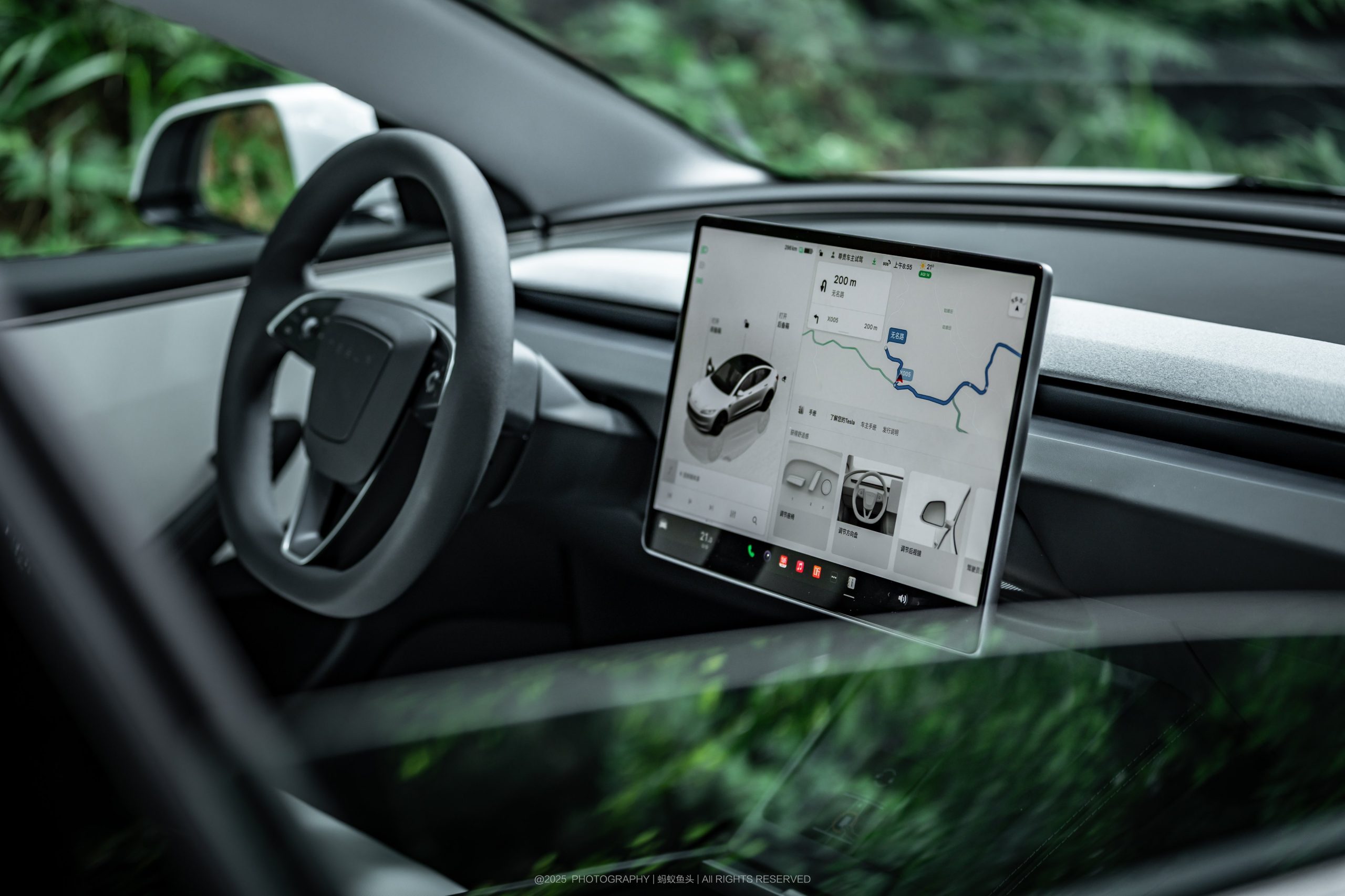
Tesla owners in California, Oregon, and Arizona can now use Lemonade Insurance, the firm that recently said it could cover Full Self-Driving miles for “almost free.”
Lemonade, which offered the new service through its app, has three distinct advantages, it says:
- Direct Connection for no telematics device needed
- Better customer service
- Smarter pricing
The company is known for offering unique, fee-based insurance rates through AI, and instead of keeping unclaimed premiums, it offers coverage through a flat free upfront. The leftover funds are donated to charities by its policyholders.
On Thursday, it announced that cars in three states would be able to be connected directly to the car through its smartphone app, enabling easier access to insurance factors through telematics:
Lemonade customers who own @Tesla vehicles in California, Oregon, and Arizona can now connect their cars directly to the Lemonade app! ⚡🚘
Direct connection = no telematics device needed 📵
Better customer experience 💃
Smarter pricing with Lemonade 🧠This is a game-changer… pic.twitter.com/jbabxZWT4t
— Lemonade (@Lemonade_Inc) December 11, 2025
Tesla recently was offered “almost free” coverage for Full Self-Driving by Lemonade’s Shai Wininger, President and Co-founder, who said it would be “happy to explore insuring Tesla FSD miles for (almost) free.”
The strategy would be one of the most unique, as it would provide Tesla drivers with stable, accurate, and consistent insurance rates, while also incentivizing owners to utilize Full Self-Driving for their travel miles.
Tesla Full Self-Driving gets an offer to be insured for ‘almost free’
This would make FSD more cost-effective for owners and contribute to the company’s data collection efforts.
Data also backs Tesla Full Self-Driving’s advantages as a safety net for drivers. Recent figures indicate it was nine times less likely to be in an accident compared to the national average, registering an accident every 6.36 million miles. The NHTSA says a crash occurs approximately every 702,000 miles.
Tesla also offers its own in-house insurance program, which is currently offered in twelve states so far. The company is attempting to enter more areas of the U.S., with recent filings indicating the company wants to enter Florida and offer insurance to drivers in that state.
